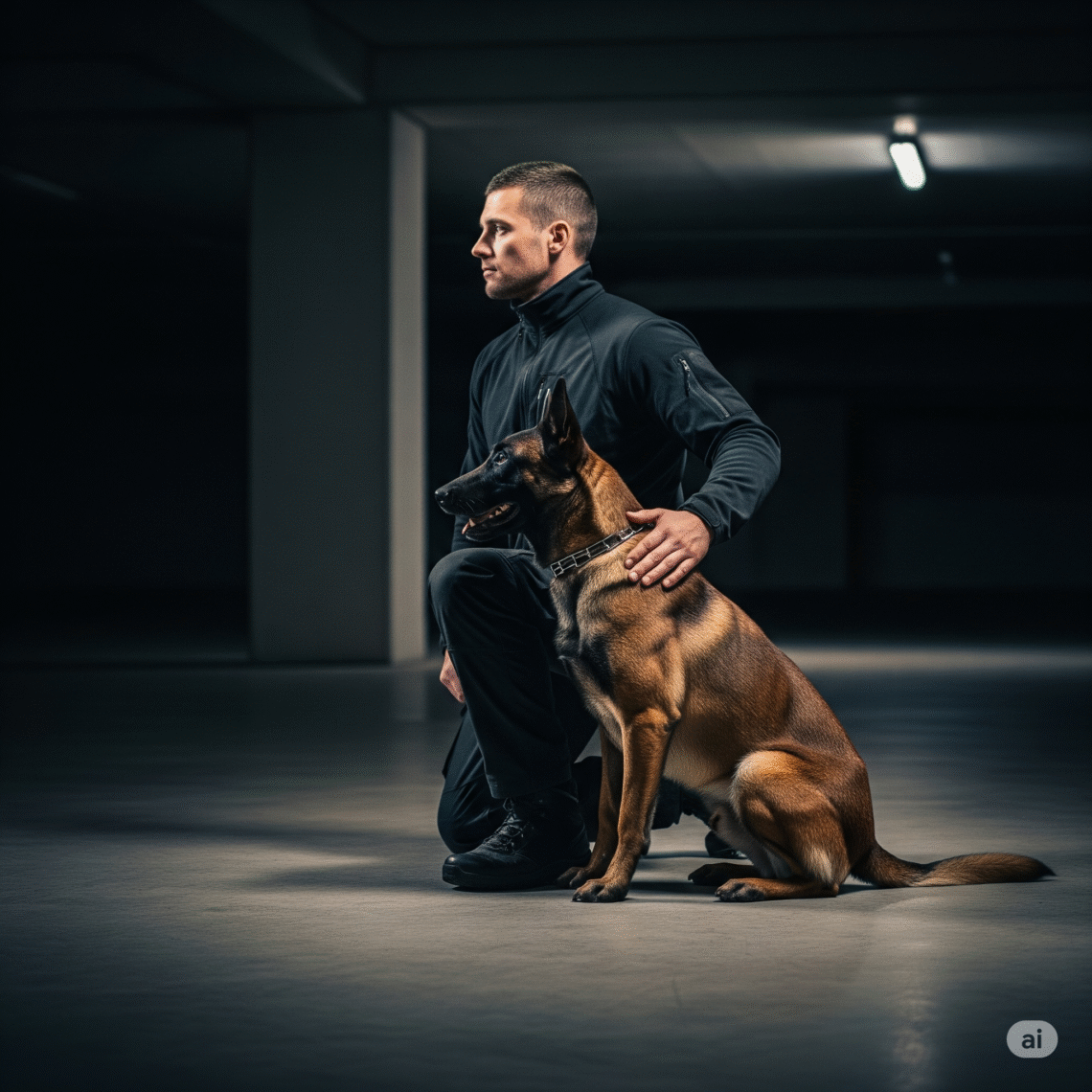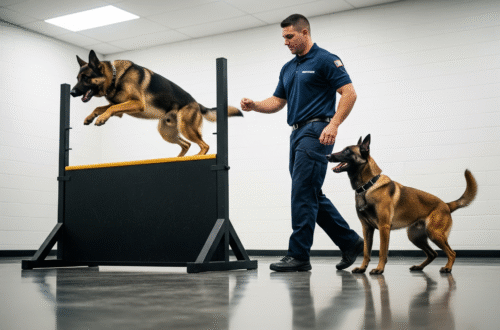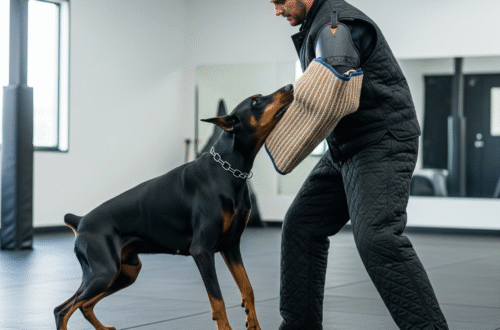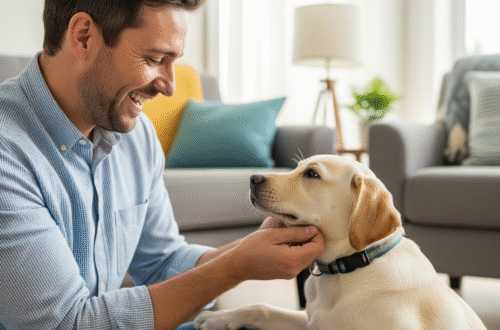Dogs are more than just pets, they can be fierce protectors and loyal companions. When it comes to security, understanding dog behaviour is crucial for effective training.
The right techniques can transform an ordinary dog into an elite security protector that not only reacts appropriately but also understands commands instinctively.
Whether you’re considering a guard dog or looking to enhance your current canine companion’s skills, there are some powerful secrets to unlock their potential.
Understanding Dog Behaviour for Protection
Understanding dog behaviour for protection requires keen observation and knowledge of canine instincts. Dogs communicate primarily through body language, vocalizations and energy.
Recognizing these signals is crucial in identifying a dog’s readiness to protect. A protective dog will exhibit specific behaviours alertness, a raised tail, and focused attention on potential threats. These signs indicate that your dog perceives danger and is prepared to act.
Socialization plays a pivotal role in shaping how dogs react to unfamiliar situations or people. Exposing them to various environments can enhance their confidence, allowing them to distinguish between real threats and neutral scenarios.
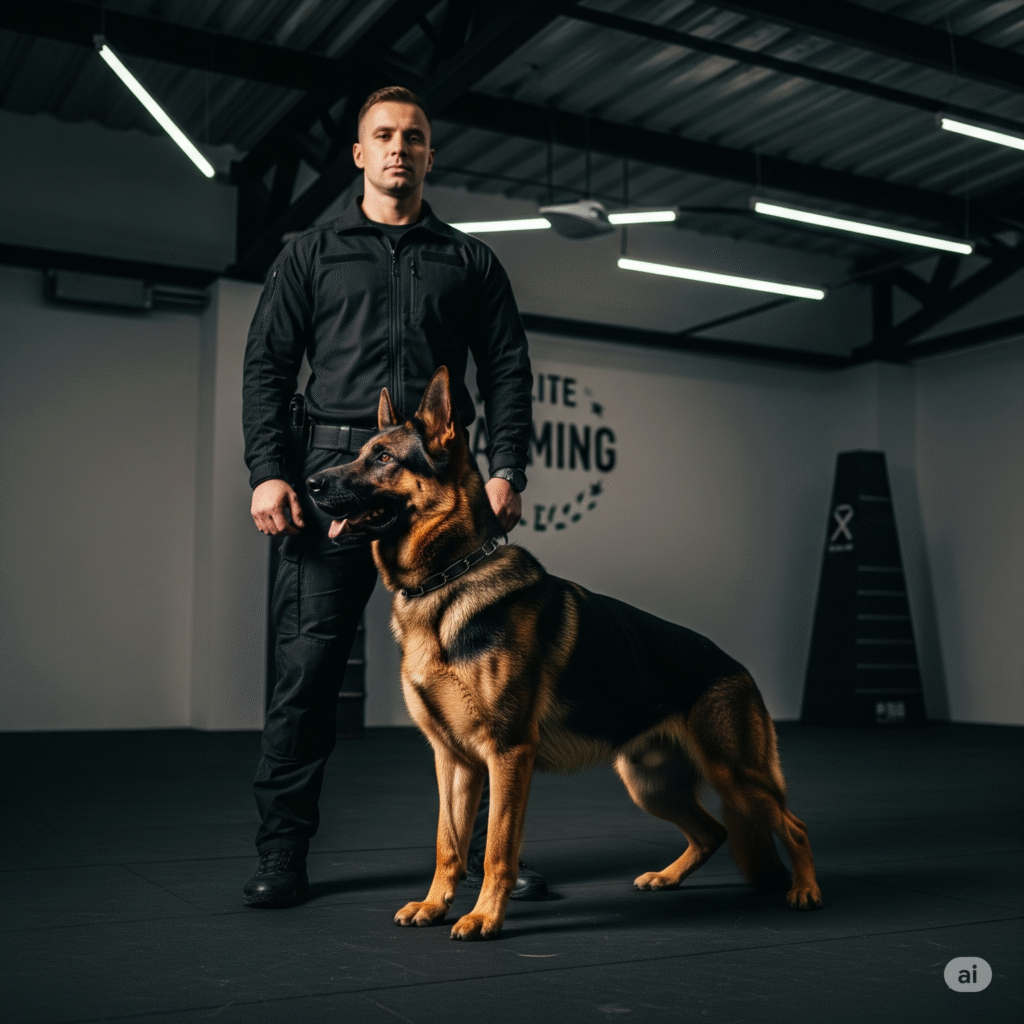
It’s also important to consider the breed’s natural tendencies. Some breeds are more predisposed to guard work than others due to their history and physical attributes.
Understanding these elements fosters better training outcomes while ensuring that your security companion remains balanced and effective in its protective role.
Recognizing Dog Behaviour Problems
Recognizing dog behaviour problems requires keen observation. Dogs communicate through their body language and vocalizations, making it essential to pay attention.
Common signs of distress include excessive barking, whining or growling. These can indicate anxiety or fear. A tail tucked between the legs often signals submission or worry.
Physical symptoms like trembling or a loss of appetite may also point to underlying issues. It’s important not to overlook these signals; they are your dog’s way of expressing discomfort.
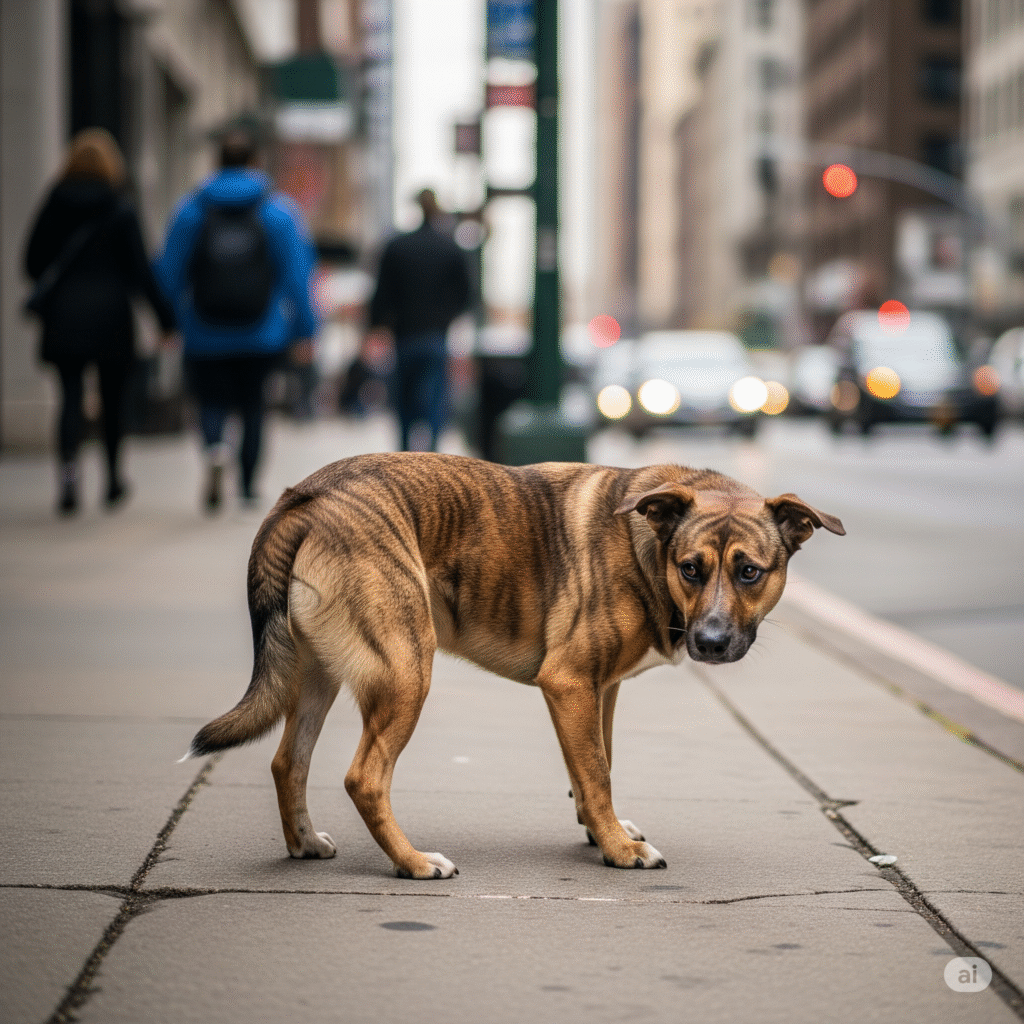
Changes in behaviour can happen suddenly due to stressors in their environment. This might be anything from loud noises to new people entering their space.
Understanding these behaviours allows for timely intervention. Early recognition helps prevent more severe problems down the line and fosters a healthier relationship with your canine companion.
The Role of Canine in Security
Canines have played a pivotal role in security for centuries. Their keen senses and natural instincts make them unparalleled protectors.
Dogs can detect threats that humans often miss. Their acute sense of smell allows them to identify intruders, drugs or explosives from a distance. This ability provides an extra layer of safety in various environments.
Beyond physical protection, dogs offer psychological comfort. Their presence can deter potential criminals simply by being there. A barking dog often signals alertness and readiness.
Training is crucial for harnessing these capabilities effectively. An elite security dog undergoes rigorous training that enhances their instinctual behaviours while ensuring they remain manageable around people.
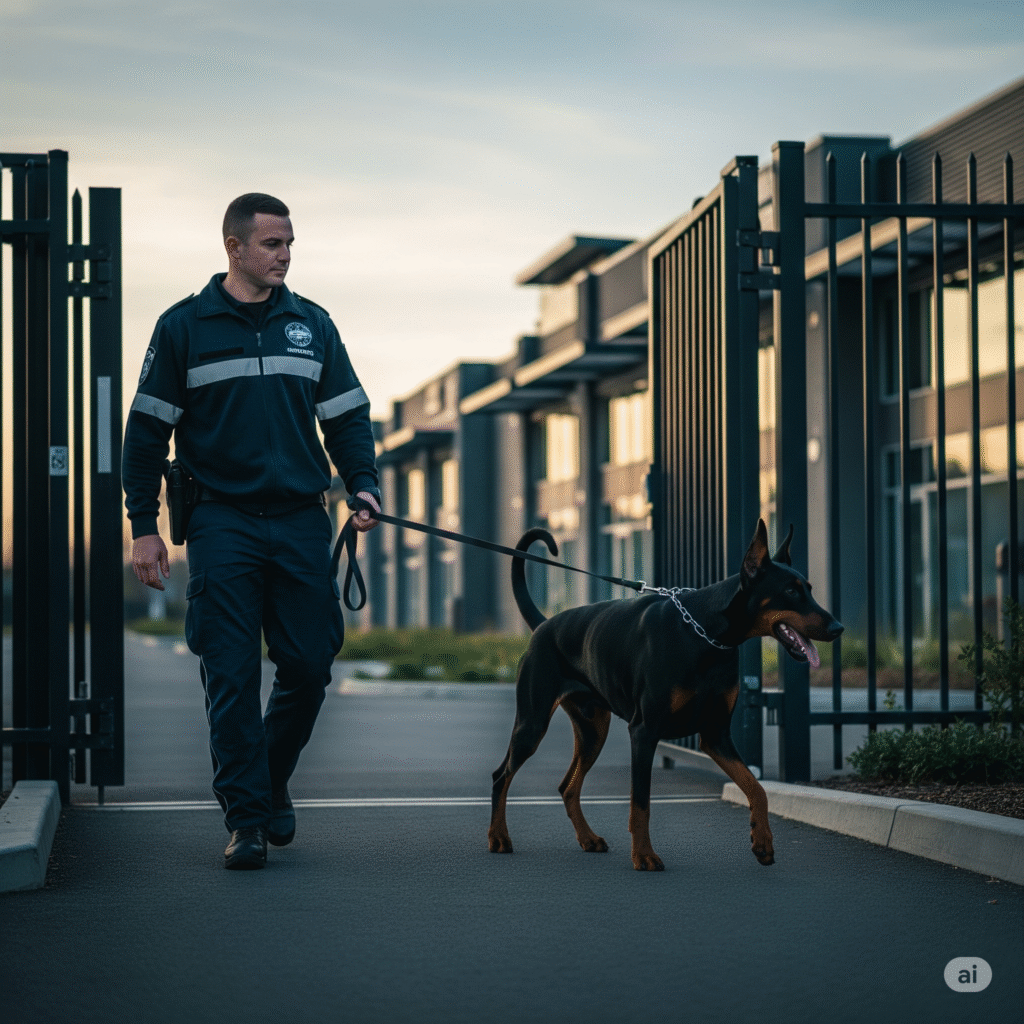
The bond between handler and canine also plays a significant role in their effectiveness as protectors. Trust fosters cooperation and responsiveness, allowing the team to function seamlessly during high-pressure situations.
In essence, security dogs are invaluable assets across multiple sectors, including law enforcement and private security agencies.
Characteristics of an Elite Security Dog
An elite security dog possesses a unique blend of traits that set them apart from regular pets. First and foremost, they exhibit strong instincts. This natural ability to sense potential threats is crucial for their role in protection.
Intelligence is another key characteristic. Elite security dogs must quickly comprehend commands and adapt to various situations. Their sharp minds allow them to make decisions on the fly.
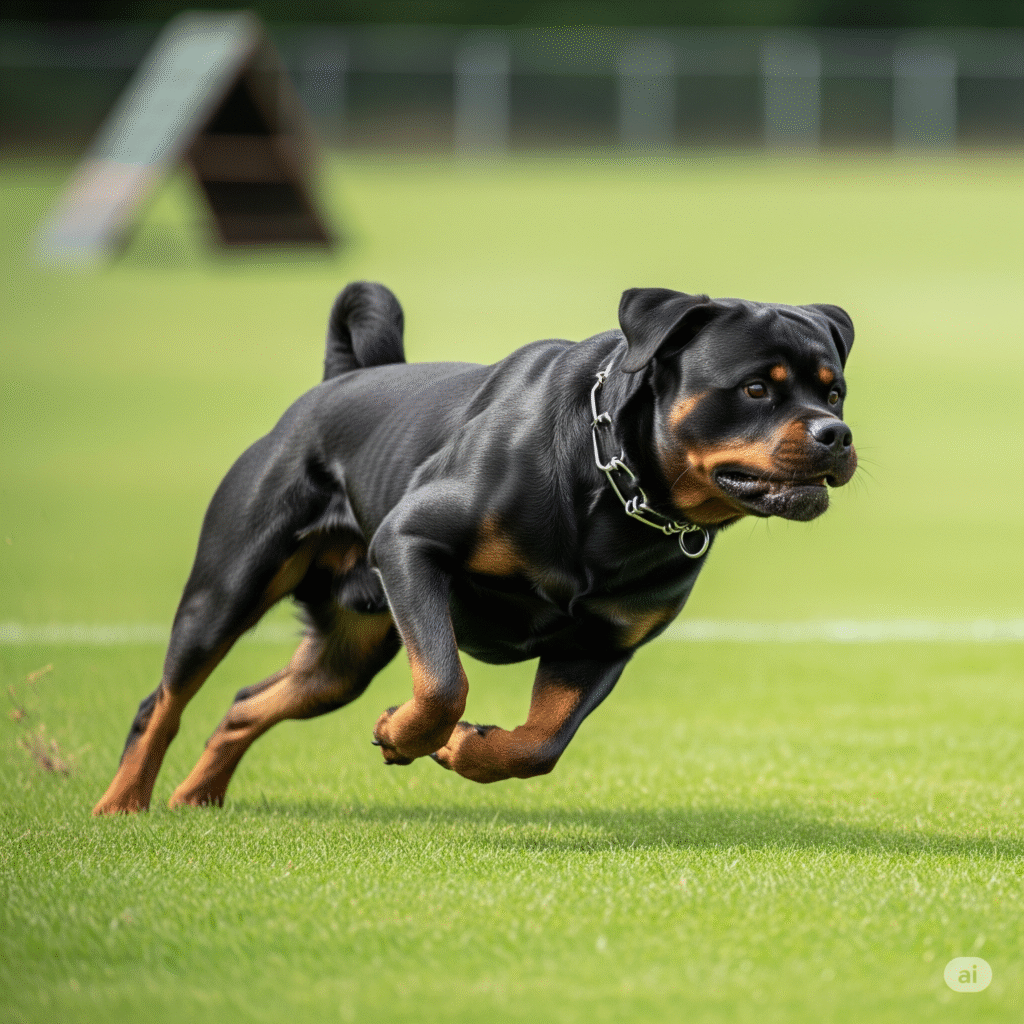
Physical fitness also plays a significant role. These dogs need stamina, agility and strength to effectively deter intruders or respond swiftly during emergencies.
Managing Aggression and Reactivity in Security Dogs
Managing aggression and reactivity in security dogs is crucial for effective training. These traits can be beneficial when directed properly, but they require careful handling.
Start by identifying triggers. Understanding what causes aggressive reactions helps you create a tailored training plan. Is it strangers, loud noises, or other animals? Knowing the root of the behavior is key.
Use desensitization techniques to gradually expose your dog to these triggers at a safe distance. This slow approach can help reduce their fear or anxiety over time.
Consistency in commands is vital. Ensure that all family members use the same cues and signals to avoid confusion.
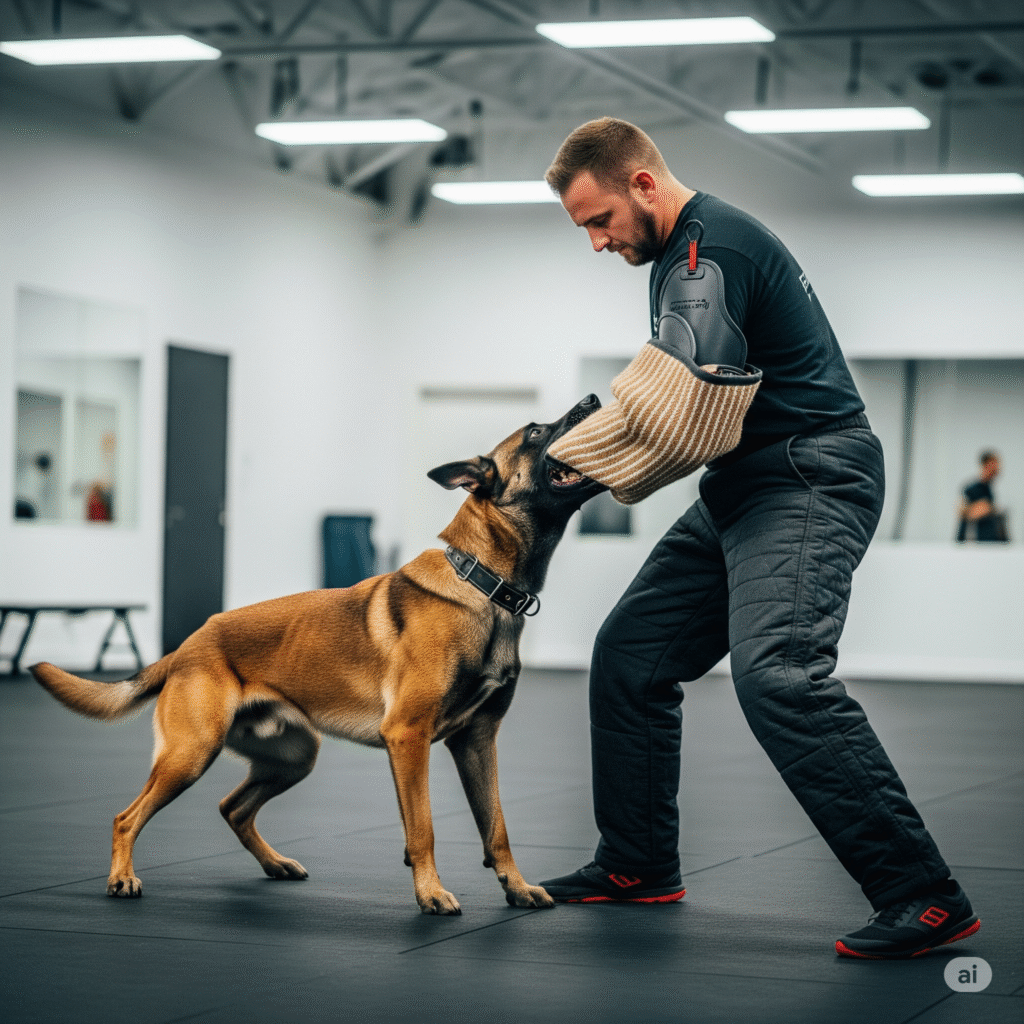
Incorporate redirection strategies during training sessions. When your dog shows signs of aggression, redirect their focus with toys or tasks to reinforce positive behavior instead of punishing them for reacting negatively.
Regular socialization with controlled environments also plays a significant role in managing these behaviors effectively.
Top Training Secrets for Elite Security Dogs
Training elite security dogs requires a blend of discipline, consistency, and creativity. One secret is to establish clear communication from the start. Use specific commands that are easy for your dog to understand.
Incorporate real-life scenarios during training sessions. Simulating actual situations helps build confidence in their skills. This not only sharpens their instincts but also prepares them for unexpected events.
Another key aspect is socialization. Expose your dog to various environments and people early on. This reduces anxiety and enhances adaptability.
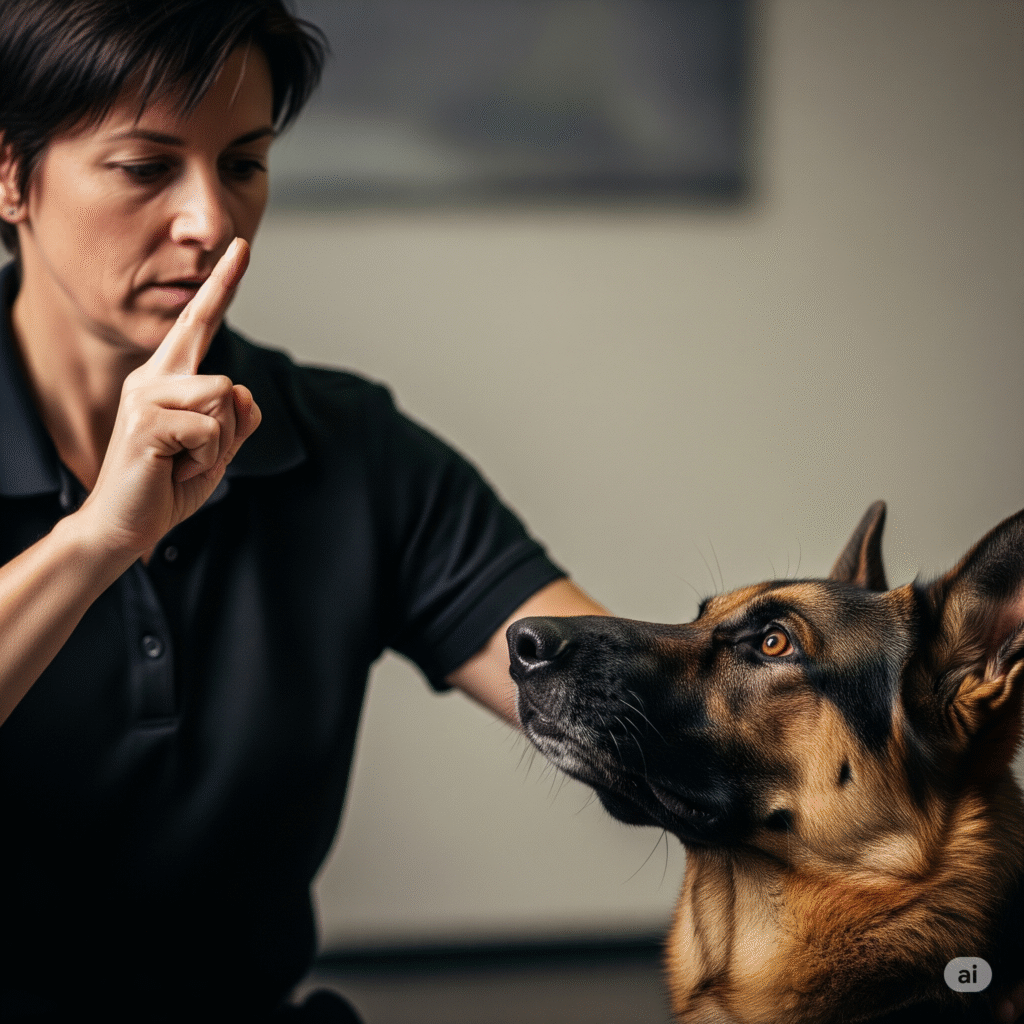
Don’t underestimate the power of play in training routines. Engaging activities strengthen the bond between you and your dog while making learning enjoyable.
Consistency is crucial at all stages of training. Ensure everyone involved uses the same commands and techniques to avoid confusion, enhancing overall effectiveness during protection duties.
Importance of Positive Reinforcement in Training
Positive reinforcement is a powerful tool in dog training, especially for elite security dogs. It creates an environment of trust and cooperation between the handler and the canine.
When you reward your dog with treats, praise, or playtime for desired behaviors, it encourages them to repeat those actions. This method builds confidence and fosters a strong bond. A confident dog is more effective as a protector.
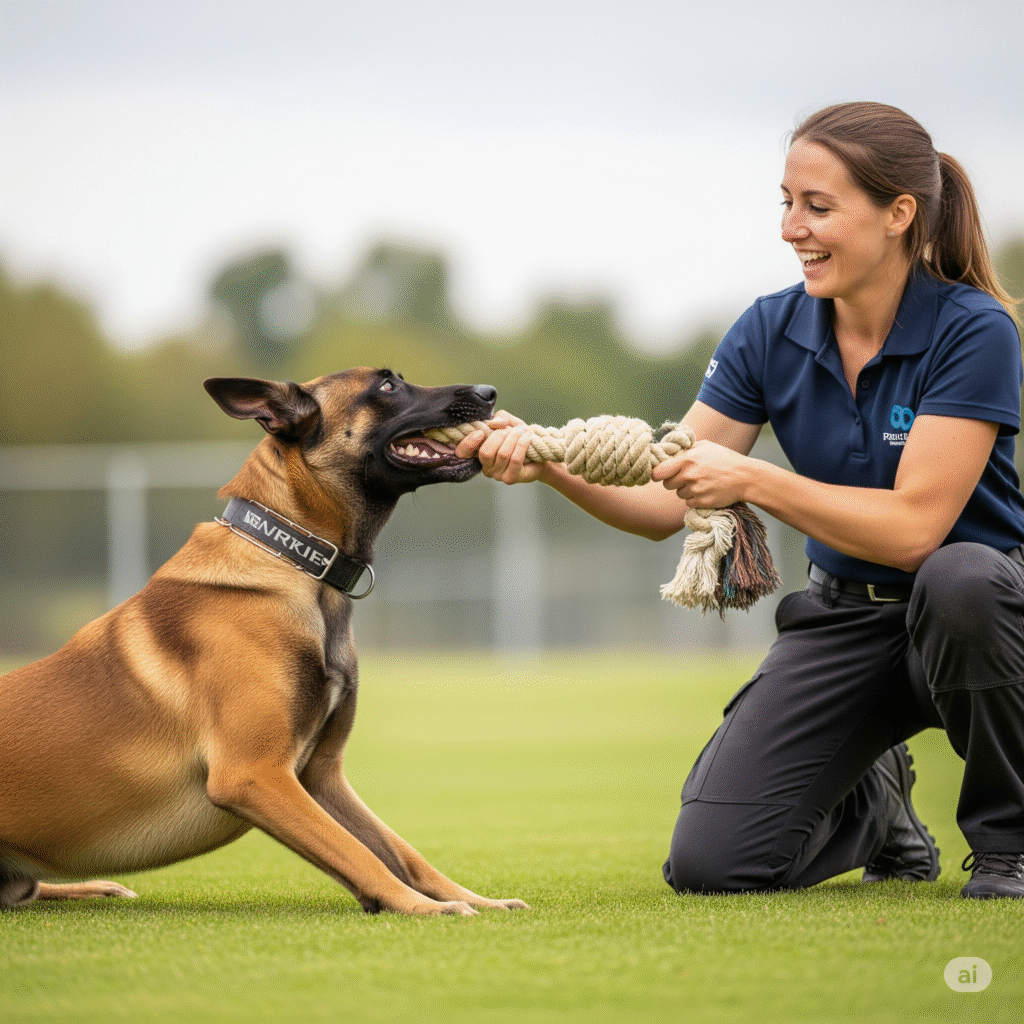
Using positive reinforcement also reduces anxiety during training sessions. Dogs thrive on encouragement rather than punishment. When they feel safe and motivated, their learning capabilities expand significantly.
Advanced Techniques for Protection Training
Advanced protection training goes beyond basic commands. It’s about creating a bond of trust and respect between handler and dog, which is crucial for effective security work.
One technique involves scenario-based training. This helps the dog understand real-life situations they’ll face while on duty. Engaging them in controlled environments can enhance their decision-making skills under pressure.
Another approach is scent detection training. Teaching dogs to identify specific scents related to threats builds their confidence and sharpens focus. It also diversifies their skill set beyond just combat readiness.
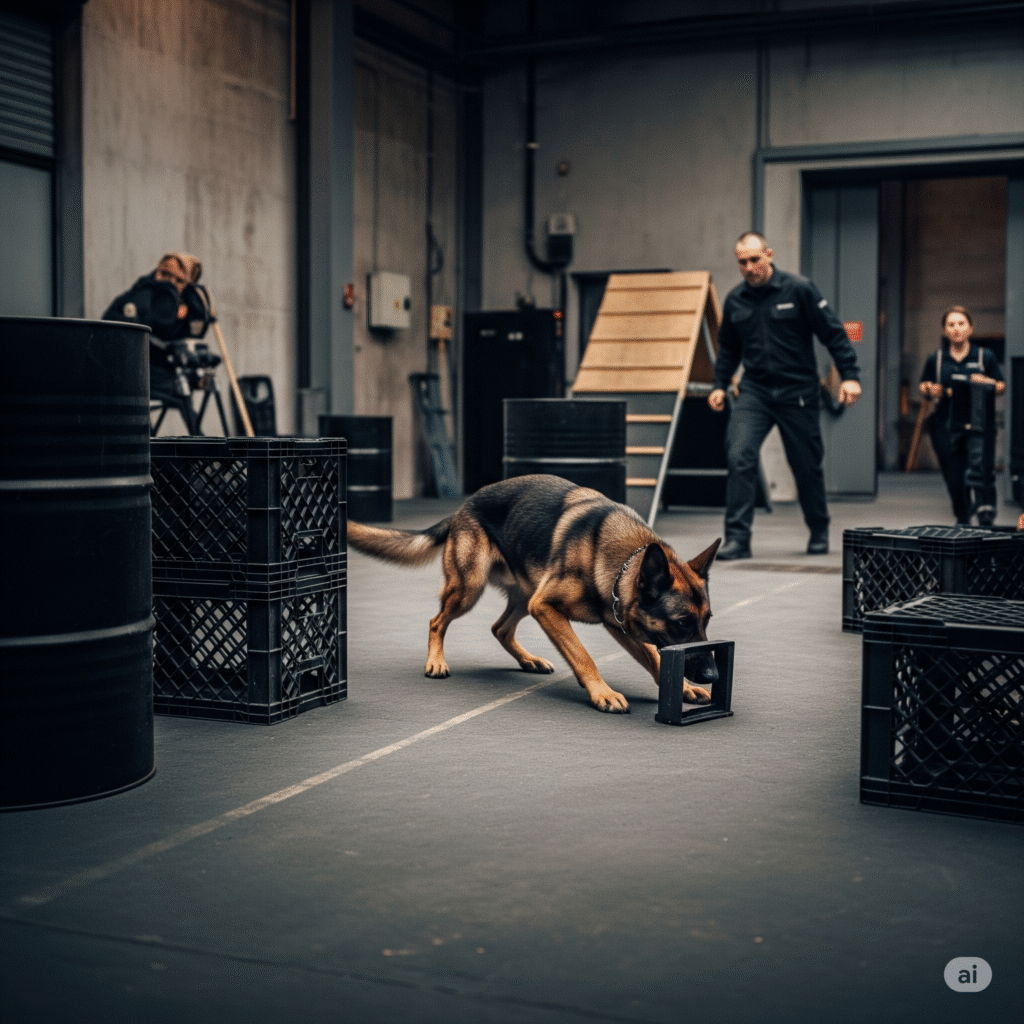
Incorporating distraction techniques can be beneficial too. Exposing your dog to various stimuli – noise, crowds, or sudden movements ensures they maintain composure during high-stress situations.
Utilizing bite work drills in a safe environment reinforces instinctual behaviors while ensuring control remains paramount at all times. These advanced methods result in elite protectors that remain calm yet vigilant when it matters most.
Common Challenges and How to Overcome Them?
Training elite security dogs comes with its own set of challenges. One common hurdle is managing distractions. These dogs must stay focused, even when temptations arise. To combat this, gradually expose them to various stimuli while reinforcing their training.
Another issue can be fear-based reactions. Some dogs may exhibit aggression out of anxiety. Building a strong bond based on trust can help alleviate these fears. Gradual desensitization and positive exposure are key.
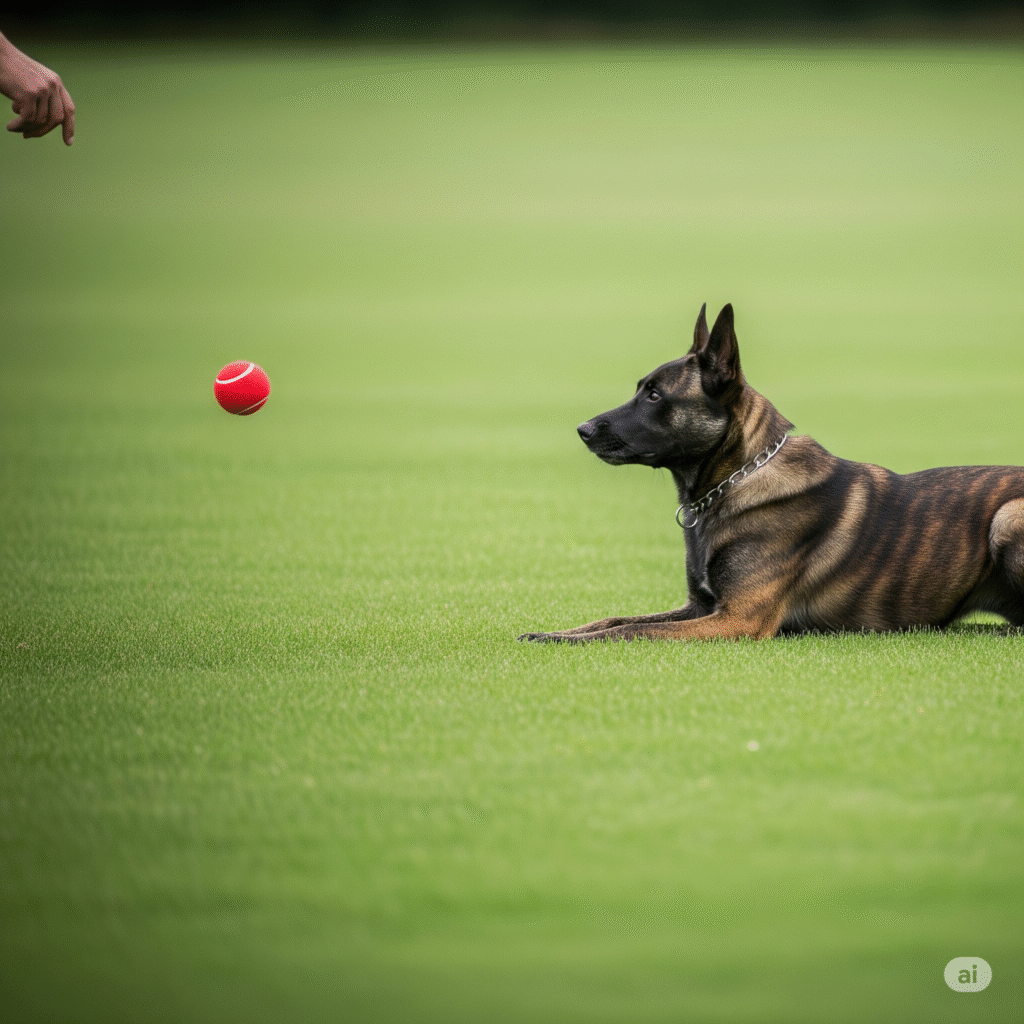
Consistency in commands is crucial but often overlooked. Mixed signals confuse the dog and hinder progress. Ensure everyone involved in the training uses the same cues for commands.
Patience is essential throughout the process. Progress may not always be linear; celebrate small victories along the way to maintain motivation for both you and your dog.
What is the 5-second rule in dog training?
The 5-second rule in dog training is a simple yet powerful concept. It revolves around the idea that when your dog exhibits a desired behavior, you have just five seconds to reward them. This timeframe helps reinforce the positive action.
Timing is crucial in this method. If you wait too long, your dog may not associate the reward with their good behavior. Instead, they might connect it to something else entirely.
This approach encourages consistency and clarity in communication between you and your furry friend. It also emphasizes the importance of immediate feedback during training sessions.
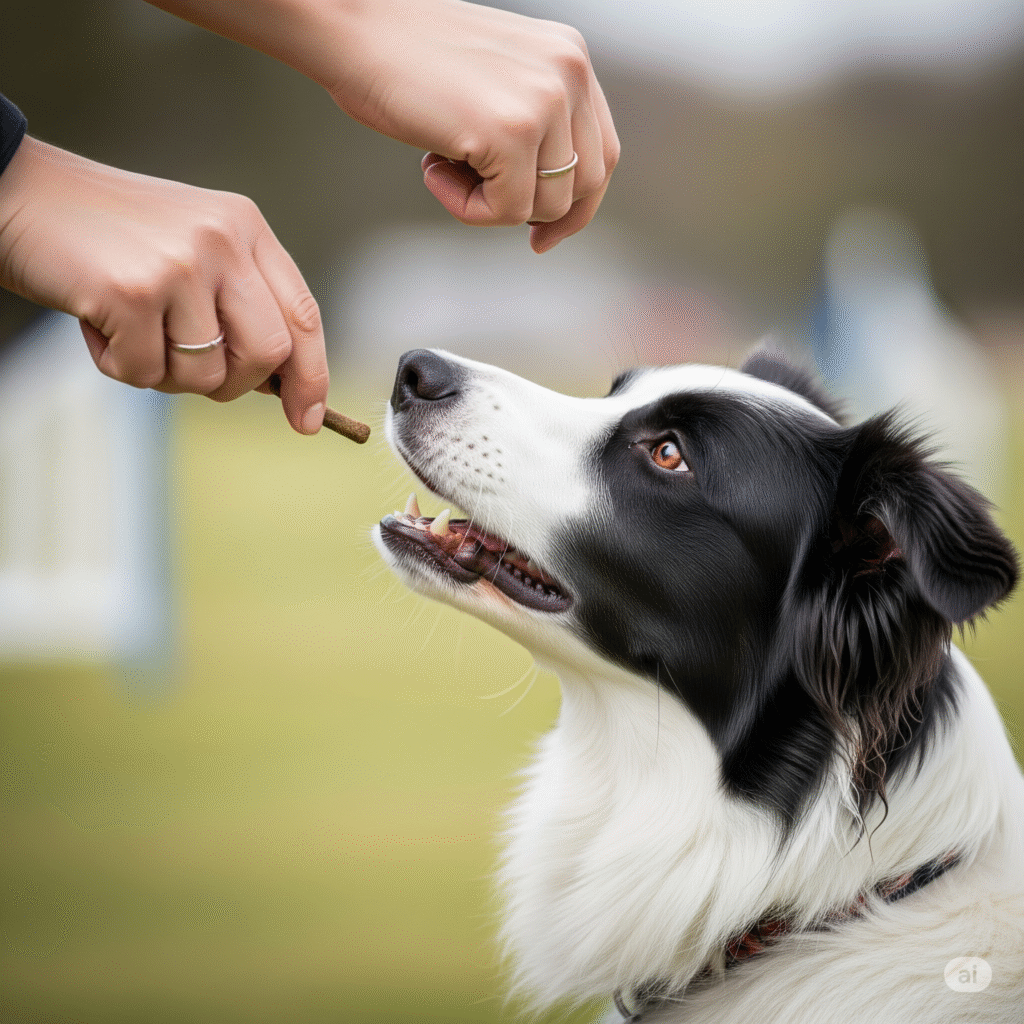
Using treats or praise within those five seconds can significantly enhance learning. The excitement of receiving a reward right after performing well motivates dogs to repeat their actions.
Implementing this technique requires practice but yields impressive results over time. Your dog’s understanding improves as they learn what behaviors earn rewards consistently.
Frequently Asked Questions about Dog Behaviour
What age should I start training my dog for security work?
It’s best to begin training as early as possible, ideally when your dog is a puppy around 8 to 12 weeks old. Early socialization helps build confidence and adaptability.
How do I know if my dog has the potential for becoming a security protector?
Look for traits like loyalty, intelligence, and an eagerness to please. Breeds known for their guarding instincts are often good candidates. Observing their behavior in various situations can provide insight into their suitability.
Can any breed be trained as a security dog?
While many breeds have natural protective instincts, not every dog will excel in security roles. Working breeds such as German Shepherds or Belgian Malinois typically perform better due to their trainability and drive.
Conclusion
Training elite security dogs requires a deep understanding of dog behaviour and effective techniques. By recognizing the unique characteristics of these canines and employing positive reinforcement, you set them up for success.
Overcoming common challenges is part of the journey, but with patience and persistence, you’ll unlock the full potential of your security protector.

